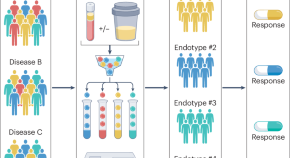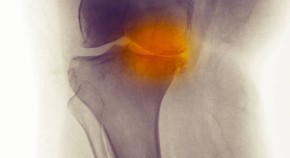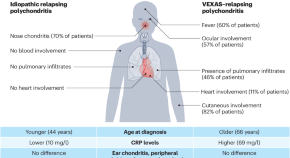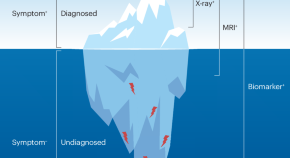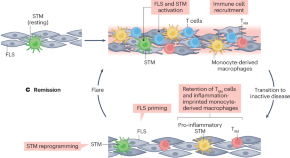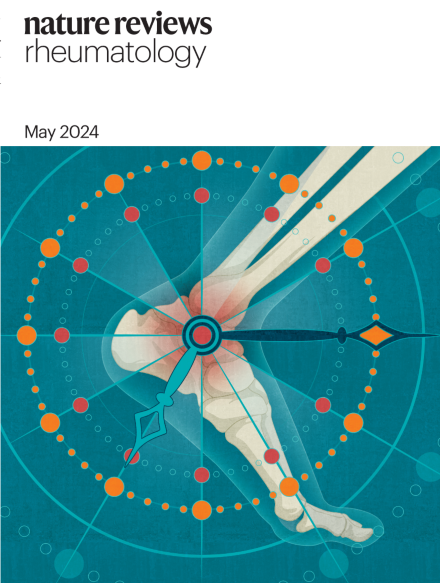
Advertisement
-
-
Rethinking antiphospholipid syndrome to guide future management and research
In this Review, Knight and Erkan consider how the 2023 ACR–EULAR classification criteria for antiphospholipid syndrome (APS) can guide future research to subphenotype APS by understanding its pathophysiology, paving the way for the personalized and proactive management of individuals with APS.
-
-

25 years of biologic therapy
Biologic therapies with various modes of action have been introduced into the field of rheumatology over the past 25 years, and have revolutionized the treatment and outcomes in many rheumatic diseases. This collection from Nature Reviews Rheumatology brings together articles on biologic therapy in rheumatology, including the latest Reviews and Opinion pieces, as well as popular content from our archives.
Trending - Altmetric
-
Tendon and ligament mechanical loading in the pathogenesis of inflammatory arthritis
-
Hand osteoarthritis: clinical phenotypes, molecular mechanisms and disease management
-
Relapsing polychondritis: clinical updates and new differential diagnoses
-
Rethinking antiphospholipid syndrome to guide future management and research



